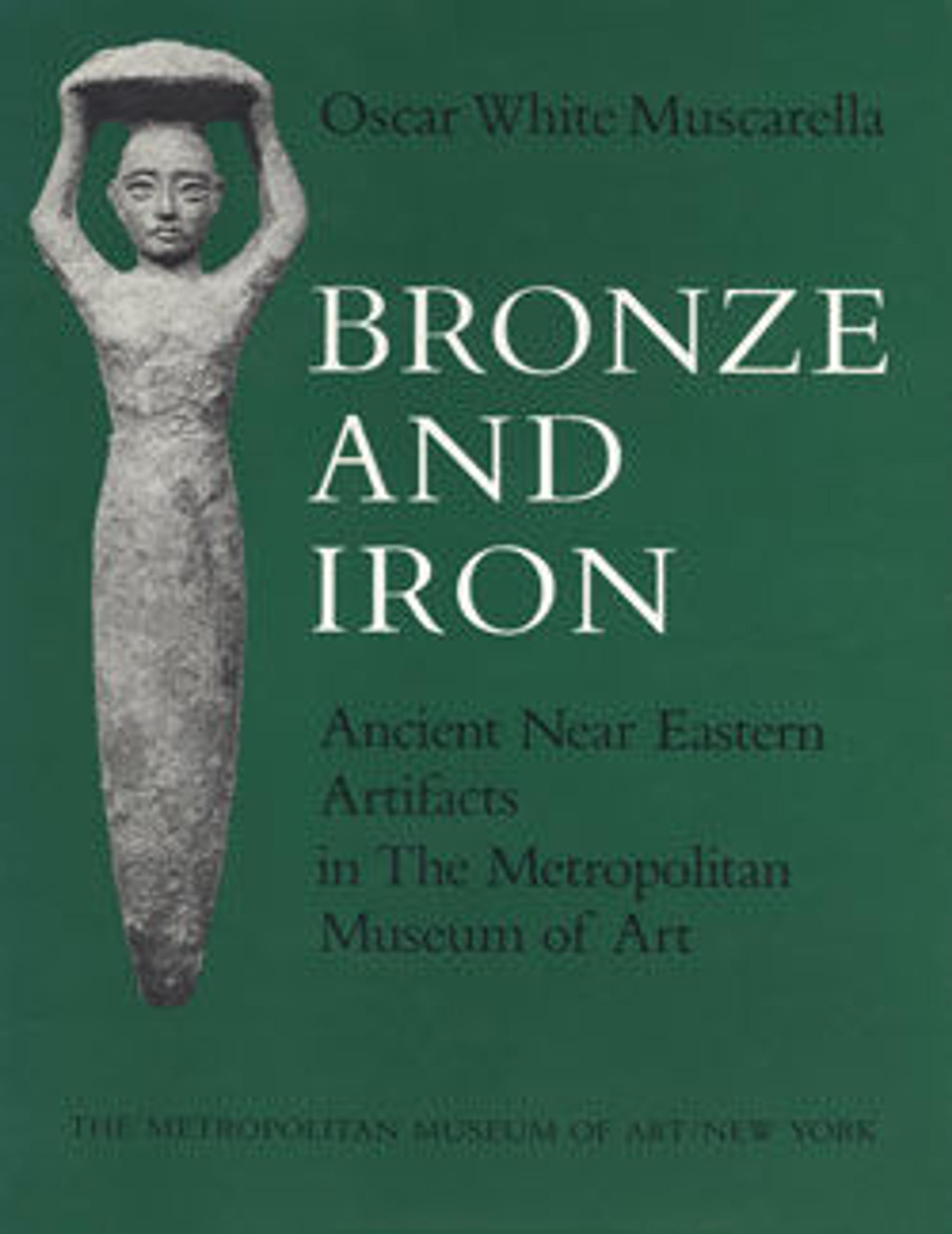Part of a throne with deity on a bull
Urartu was a powerful kingdom that rivaled the Assyrian Empire in the first millennium B.C. It extended from northeastern Turkey into northwestern Iran. Its settlements were palace-fortresses that protected agricultural production and supported many crafts, especially an extensive metalworking industry. In the late seventh century B.C., Urartian centers were destroyed by an enemy whose identity remains unknown.
This object, with the lower part of a figure standing along the flanks of a bull, was most likely part of a throne. From better-preserved examples, we know that the figure wore the horned crown of a deity. The whole would have been gilded. A throne and footstool supported by four deities and their animal companions would have been a potent symbol of the Urartian king's power.
This object, with the lower part of a figure standing along the flanks of a bull, was most likely part of a throne. From better-preserved examples, we know that the figure wore the horned crown of a deity. The whole would have been gilded. A throne and footstool supported by four deities and their animal companions would have been a potent symbol of the Urartian king's power.
Artwork Details
- Title: Part of a throne with deity on a bull
- Period: Iron Age III
- Date: ca. late 8th–7th century BCE
- Geography: Urartu, probably from Toprakkale
- Culture: Urartian
- Medium: Bronze, plastic restoration
- Dimensions: 7 7/16 × 5 7/8 × 2 13/16 in. (18.9 × 15 × 7.2 cm)
- Credit Line: Dodge Fund, 1950
- Object Number: 50.163
- Curatorial Department: Ancient West Asian Art
Audio
7012. Part of a throne with deity on a bull
0:00
0:00
We're sorry, the transcript for this audio track is not available at this time. Please email info@metmuseum.org to request a transcript for this track.
More Artwork
Research Resources
The Met provides unparalleled resources for research and welcomes an international community of students and scholars. The Met's Open Access API is where creators and researchers can connect to the The Met collection. Open Access data and public domain images are available for unrestricted commercial and noncommercial use without permission or fee.
To request images under copyright and other restrictions, please use this Image Request form.
Feedback
We continue to research and examine historical and cultural context for objects in The Met collection. If you have comments or questions about this object record, please contact us using the form below. The Museum looks forward to receiving your comments.
